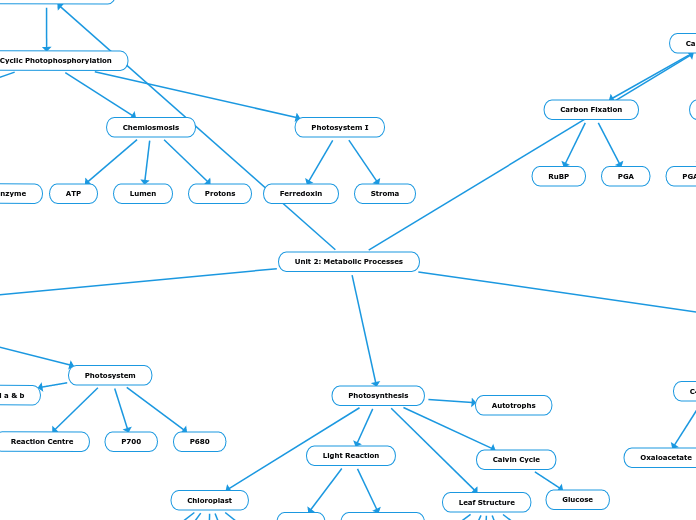da Mariah Woods mancano 14 anni
260
Final Review Project
The processes of cellular respiration and photosynthesis are crucial for the energy dynamics in living organisms. Cellular respiration involves the breakdown of nutrients like glucose, amino acids, and fatty acids to produce energy in the form of adenosine triphosphate (


![True Jarrel [STUDENT] True Jarrel [STUDENT]](https://cdn1.mindomo.com/resources/img/about/mindomo-logo.png)






